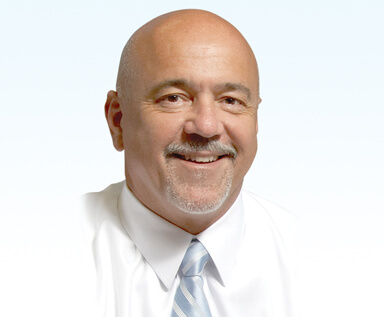The Human and Economic Value of Healthcare Innovation
- By Patrick M. Schmidt
 OUR INNOVATION ISSUE is one I always look forward to in anticipation of learning what novel technologies have the possibility of shaping the future of the healthcare landscape. While there is no shortage of promising medical initiatives in development at any given moment, the path from concept to commercialization can be filled with obstacles. Considering the far-reaching positive impact their availability would have on patients, providers and the economy, finding a path to market is a worthy undertaking.
OUR INNOVATION ISSUE is one I always look forward to in anticipation of learning what novel technologies have the possibility of shaping the future of the healthcare landscape. While there is no shortage of promising medical initiatives in development at any given moment, the path from concept to commercialization can be filled with obstacles. Considering the far-reaching positive impact their availability would have on patients, providers and the economy, finding a path to market is a worthy undertaking.
In our feature “Medical Breakthroughs: From Concept to Commercialization,” we take a close look at one venture group with a strategic methodology to hasten the development process through a streamlined model that includes a path to commercialization. We profile two of their companies: one that has developed a continuous smart glucose monitor for diabetics, and another that has developed a diagnostic for ductal carcinoma in situ for noninvasive breast cancer. These are examples of initiatives that have measurable human and economic value when they become readily available.
In this issue, we also take a look at companion diagnostics — the combination of diagnostic testing and treatment therapies that allows physicians to design a specific course of treatment based on a patient’s genetic makeup. It is targeted therapy at its best, and although still relatively early in its journey, it is considered in many circles to be the future of personalized medicine.
Autoimmune disease is another area where the quest is on to develop new therapies. Only a decade ago, most autoimmune diseases were thought to be psychosomatic. With some 23 million Americans affected and more than 80 different types of autoimmune diseases identified, that’s no longer the case. From vaccines to herbal remedies and cell-based research, treatment and reparation remain a strong focus. Though prevention continues to baffle researchers, some believe that beyond treatment, there may be hope for a cure. With research in diverse studies ranging from worm therapy to stem cells, scientists are hard at work to bring some answers to an area where mostly just questions exist.
The speed of innovation is certainly enhanced when thought leaders, academic labs, entrepreneurs and industry share information quickly and precisely. Technological breakthroughs almost always have an impact on medical science, and those on the front lines are quick to embrace innovations that help accelerate the quest to find the next prevention, treatment or cure.
As always, we hope you find this issue of BioSupply Trends Quarterly educational, insightful and innovative. Looking to the future, we hope to continue to bring you the information and resources that are helpful to you in your practice or business.
Helping Healthcare Care,

Patrick M. Schmidt
Publisher